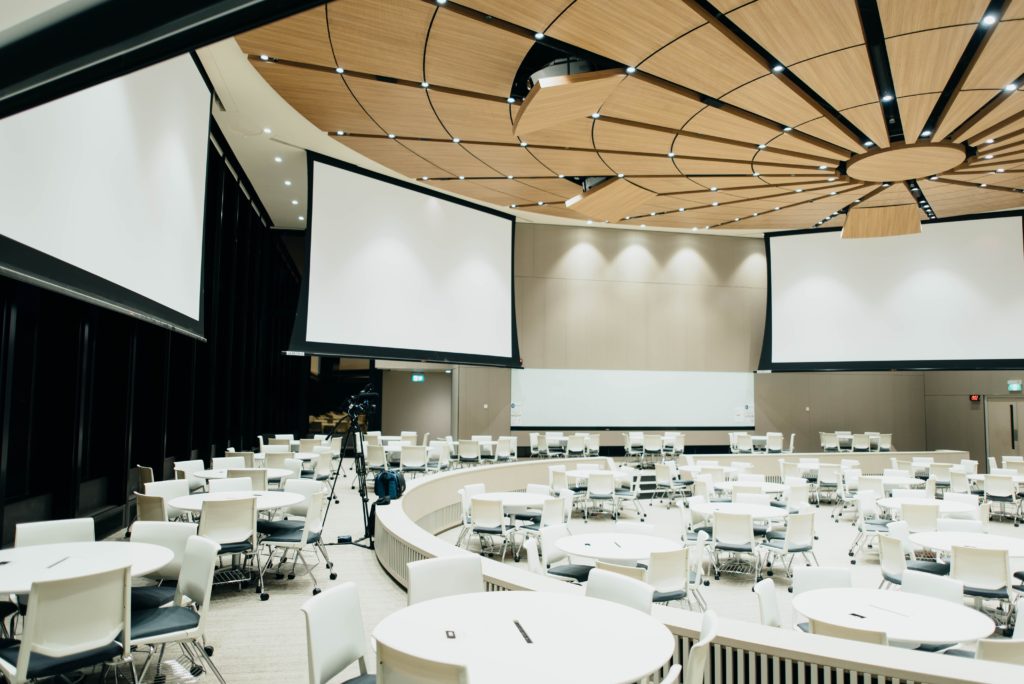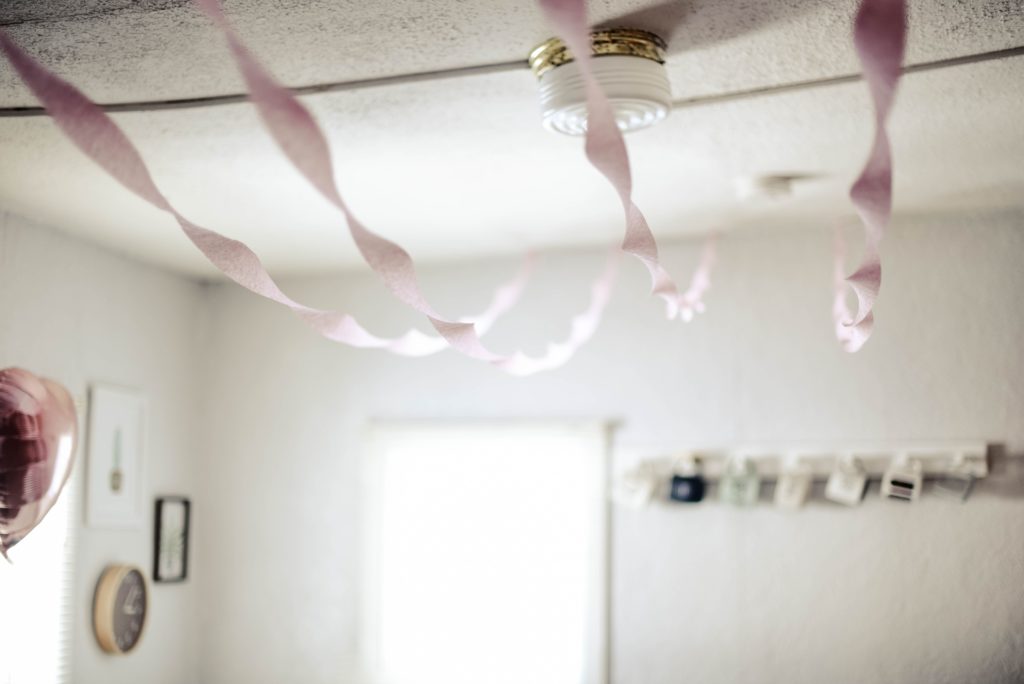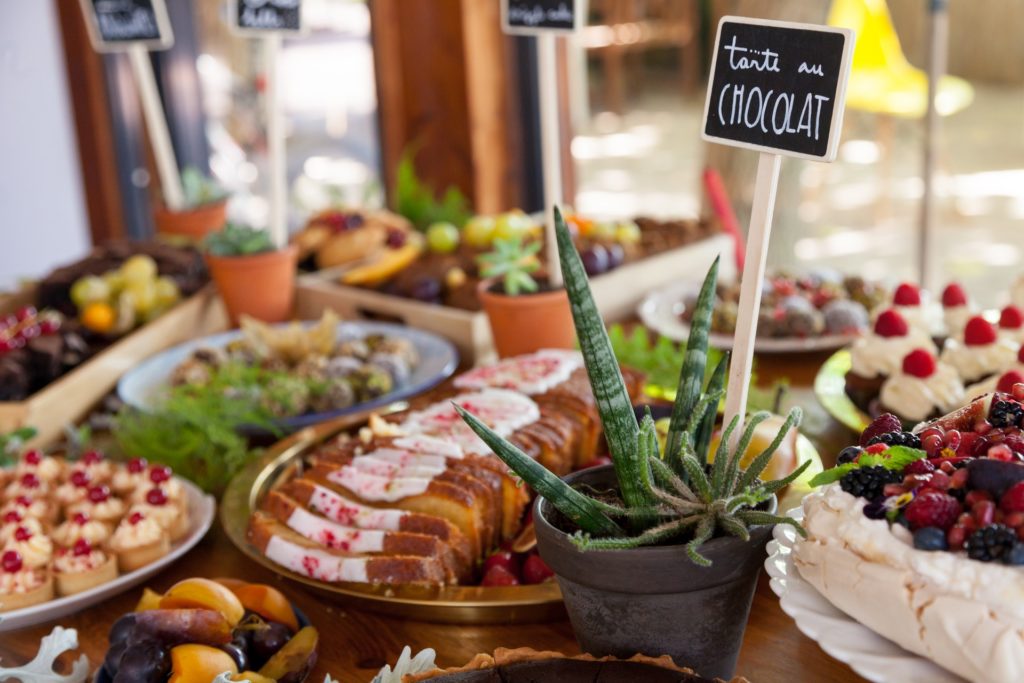
Not too long ago, we introduced you to some beginner mistakes you should avoid at your first event. Everyone makes mistakes, and that’s especially true in the event planning industry. There are so many details to coordinate, and unexpected challenges—it’s never the same event twice! To really help you master this tricky art, we came up with another five common event planning mistakes a newbie might make.
If you’ve made these event planning mistakes before–don’t worry! We’re professionals, so we’ve seen it all (and done some of them ourselves, too!). The goal is to learn from each event, so you can be more prepared each time.
It should go without saying that, no matter how prepared you are, there could still be a curve ball at your next event. Not everything is under your control, after all. So we’re focusing on the things that are under your control—so you can manage those ahead of time and save the panic for last-minute bumps in the road.
Mistake #6
Using one method for invites

There are so many ways to contact folks these days. Between social media and regular ol’ snail mail, getting a hold of guests has never been easier. Don’t feel like you have to stick to one method of inviting guests—that’s one of the biggest event planning mistakes for sure! Social media can be an excellent tool, considering how much time the average person spends on Facebook. But snail mail can still catch someone’s attention, and it even encourage more of a response.
To choose the best methods, consider your guest list. Do you have their addresses? As long as you have most of the addresses, you can put an invitation in the mail—just make sure to use a second invitation method for those who don’t receive a mailed one.
Alternative Invitation Methods:
- Individual emails to employees or managers to forward to their team
- Posters at local libraries or relevant community spaces
- Directly calling VIPs or important guests
Mistake #7
Not giving enough advance notice

The easiest way to make sure no one attends your event is to plan something last-minute. Your guests’ time is valuable, so be sure to give them enough lead time to clear their schedules. In general, the larger the event, the more lead time your guests need. (But no less than three weeks notice!)
Both you and your guests benefit from long lead time—especially for large-scale events. First, you’re going to need headcounts for catering and seating. With enough lead time, you can receive the RSVPs in time. Second, guests typically have more responsibility for larger events. Compare a graduation party to a wedding. Guests might bring gifts in both situations, but for a wedding, they also dress up and spend an entire day—sometimes a weekend!—away from home. Give them the time to plan for that.
Tips on Lead Time:
- Ask your vendors how much lead time they need, and work backwards from there
- Always budget extra time! Does the caterer need five weeks’ notice? Ask guests to RSVP six weeks early, so you have a buffer week
- Factor in holidays; don’t ask for RSVPs during Christmastime or New Year’s
Mistake #8
Not visiting the venue beforehand

You can easily avoid many event planning mistakes by visiting the venue in person before booking. On your initial visit of the space, you might not see the exact spot your event will be in. That’s okay! Just make sure you see something similar before booking—and that you see the actual space before the event.
This allows you to take measurements, and confirm you have enough space for your guests and any other materials you’ll be bringing. You can also plan for decorations and the general layout. It’s a lot of work beforehand, but you’ll be ready to go the week or morning of your big day!
Take Notes On:
- Tables and chairs. Are there enough for the guests? Do you need extra for food, presents, or giveways?
- Available storage space. Will you keep extra decorations under tables, or is there a small closet?
- Electrical outlets, and if you’ll need any extension cords or power strips
Mistake #9
Underestimating set-up time

Setting up for your event is a lot of work, and it might take more time than you think. Even if you have friends helping, you’ll have to direct them and oversee their efforts, while also managing your own tasks. A simple way to encourage a stress-free set up is to give yourself enough time. Think you can do it in an hour? Double that! It’s easier to be done early than to run late—especially if you’re setting up on the day-of.
Save on Set-Up Time By:
- Delegating tasks beforehand, so as helpers arrive, you can set them right to work
- Doing as much pre-event preparation as possible; make the centerpieces and pick up the helium a few days early
- Bringing coffee or playing music to incentivize helpers
Mistake #10
Displaying all the food at once

If you bring out all the food at once, you will definitely run out! If you’ve ever been to a catered buffet-style event, you likely noticed that empty food bins kept getting refilled. You don’t have to be as efficient as a professional company, but you can learn from them. Before the event starts, only put out half or two-thirds of your food. Keep the rest of the food in kitchen or tucked away, so you can replenish your plates as the event goes on.
Keep Your Food Fresh:
- Buy plenty of ice to place fruit platters on, or to keep drink bottles in
- Put out smaller quantities of dairy items; you’ll have to replenish them more, but they will be fresher
- Ask a co-planner to watch the food, so you can focus on hosting
Conclusion
In total, we’ve shared ten event planning mistakes to avoid. But we want to know from you–which ones did we miss? Share your event planning mishap below, or from someone you know. We’d love to keep adding to this list!


